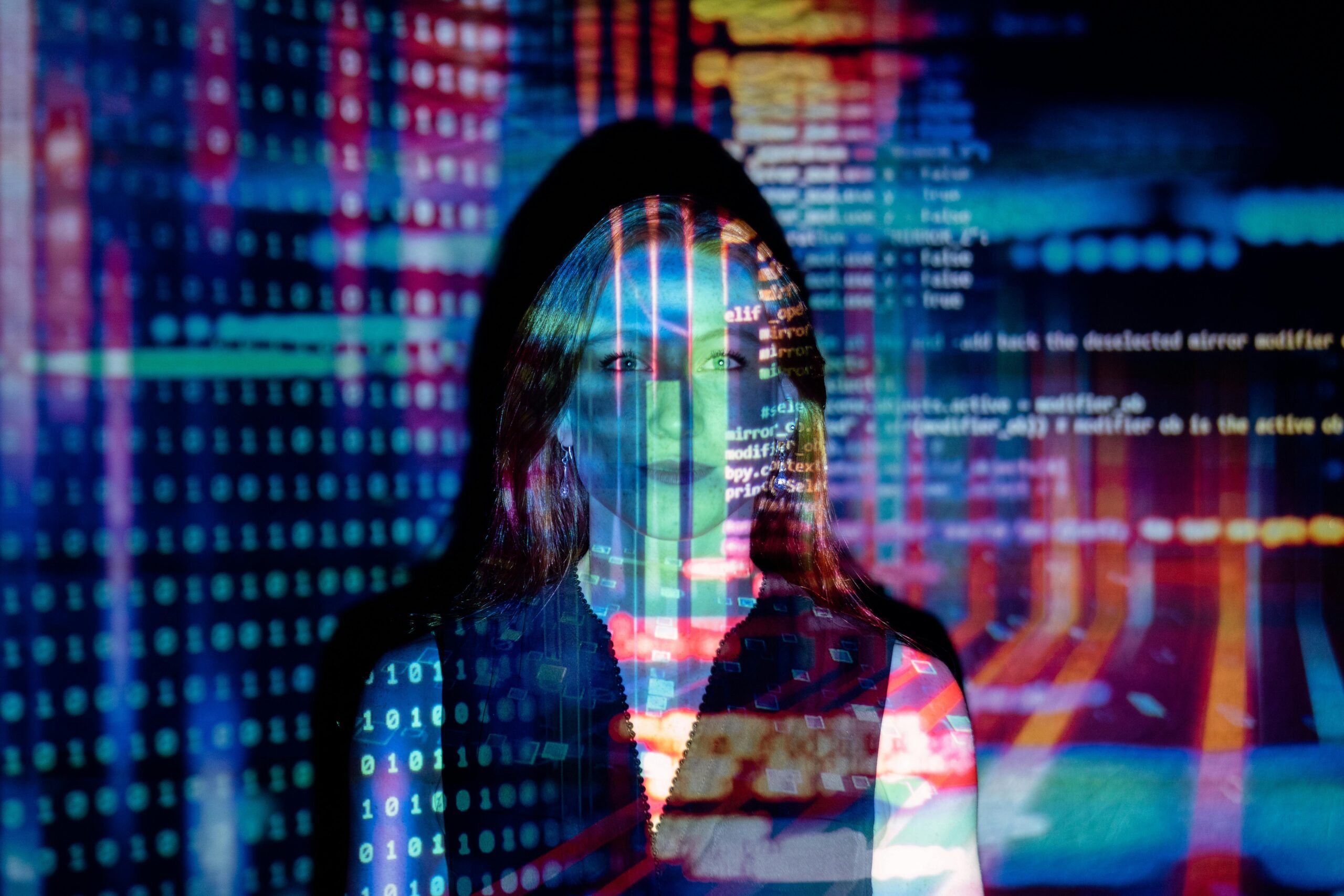Artificial Intelligence (AI) is changing the world. It is used in many areas, like smart assistants, online shopping, and healthcare. But not everyone can use or benefit from AI equally. This article talks about how we can make AI useful for everyone.

Why AI Should Include Everyone
AI is part of our daily lives, but not all people can access it. To make AI helpful for all, it needs to work for people from different backgrounds, languages, and abilities.
Closing the Digital Gap
Many people do not have internet access or the devices to use AI. This is called the digital divide. Governments and companies should provide affordable internet and devices, like cheap smartphones and free Wi-Fi, to help more people use AI. Public libraries and community centers can also offer resources like shared computers and training sessions.
Supporting All Languages
AI often works best in popular languages like English. This leaves out people who speak less common languages. Companies should create AI that works in many languages to make it fair for everyone. Projects like Google Translate are helping, but more work is needed to include local languages and dialects. Developers should also work with native speakers to improve accuracy and cultural relevance.
Designing AI for Everyone
AI should be simple and easy to use for everyone. Here are some ideas:
Easy to Use
AI tools should work for people with different skill levels. For example, they can use voice commands or pictures instead of only text, so even those who cannot read well can use them. Tutorials and help sections in apps can guide first-time users.
Helping People with Disabilities
AI can help people with disabilities, like text-to-speech tools or smart prosthetics. These tools must be affordable and work well for those who need them. For example, AI can help blind people by reading text aloud or recognizing objects through a camera. Developers should work with people with disabilities to ensure these tools meet real needs.
Removing Bias
AI can be unfair if it learns from biased data. For example, some facial recognition tools work poorly for people with darker skin. To fix this, developers must use diverse data and test AI carefully to make it fair for everyone. AI should also be designed to identify and flag unfair results, so problems can be fixed quickly.
Making AI Affordable
Many AI tools are expensive, so not everyone can afford them. Governments, non-profits, and companies should work together to lower costs. For example, small farmers can use AI tools to improve crops, but these tools must be affordable. Open-source AI projects can also help reduce costs and encourage sharing of ideas. Donations and subsidies can make AI tools available to low-income communities.
Teaching People About AI
Many people do not understand AI or how to use it. Teaching them can help them use AI better.
Digital Education
Schools and community centers should teach people how to use AI tools. This will help them understand how AI works and how it can improve their lives. Online courses and free tutorials can reach even more people. Children, adults, and seniors should all have access to learning programs tailored to their needs.
Building Trust
People need to trust AI to use it. Companies must explain how AI works and protect users’ privacy. Clear rules and ethical practices can help build trust. Developers should also be honest about AI’s limits so people know what it can and cannot do. Sharing success stories can show how AI has helped others, building confidence in its potential.
Helping Communities with AI
AI can solve local problems if used well. Here are some examples:
Healthcare
AI can improve healthcare by detecting diseases early or offering virtual doctor visits. This is especially helpful in remote areas. AI-powered tools can analyze X-rays or predict outbreaks of diseases, giving doctors more time to prepare.
Education
AI can help students learn by personalizing lessons to their needs. This is useful in areas with few teachers or schools. For example, an AI app can provide lessons in math or reading, helping children practice at their own pace.
Disaster Relief
AI can predict natural disasters and help in rescue efforts. For example, it can use satellite images to find areas that need help after a flood. AI-powered drones can deliver supplies to hard-to-reach places. This makes rescue work faster and more efficient.
Overcoming Challenges
Making AI helpful for everyone is not easy. Here are some challenges:
Using AI Ethically
AI must be used in ways that respect people’s privacy and safety. Clear rules are needed to guide its use. Developers should ensure AI tools do not harm users or spread false information. Transparency is key to making ethical AI.
Expanding Successful Projects
Many good AI projects help only small groups. Governments and companies must work together to make these projects bigger and help more people. Sharing resources and knowledge can make it easier to expand useful AI tools.
Keeping AI Updated
AI tools need regular updates to stay useful. Listening to feedback from users can help improve them. Developers should also monitor how AI tools are used to prevent misuse or errors.
Conclusion
AI has the power to change lives, but it must be made accessible, affordable, and fair for everyone. Governments, businesses, and communities must work together to achieve this goal. Teaching people about AI, designing inclusive tools, and ensuring affordability are key steps. With effort, we can create a future where AI helps everyone, everywhere.
